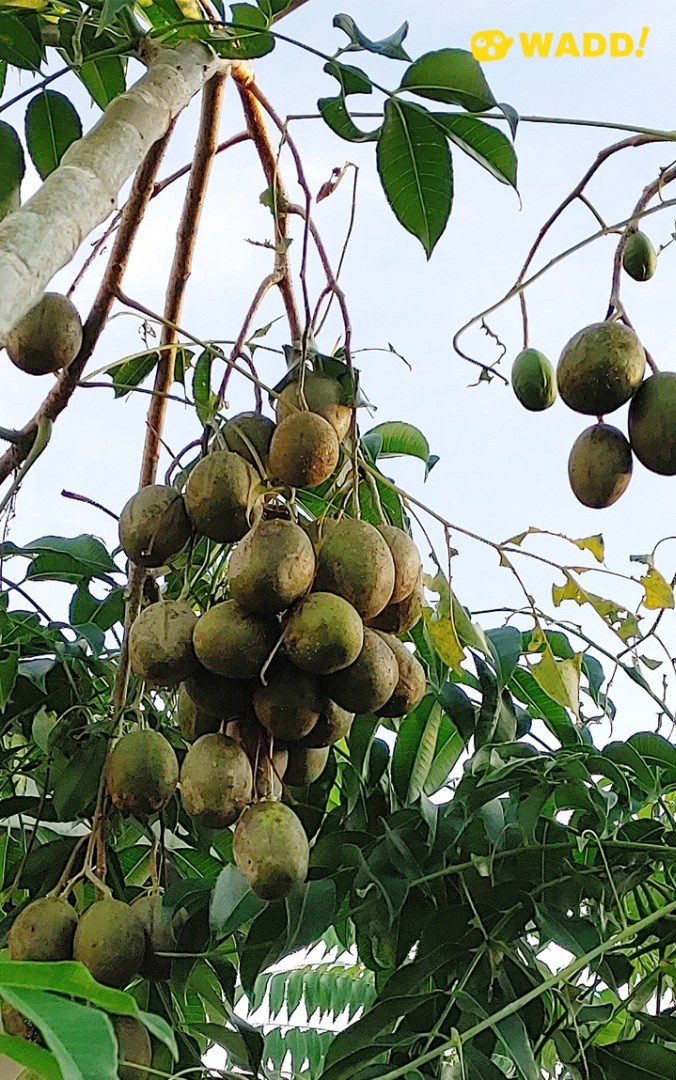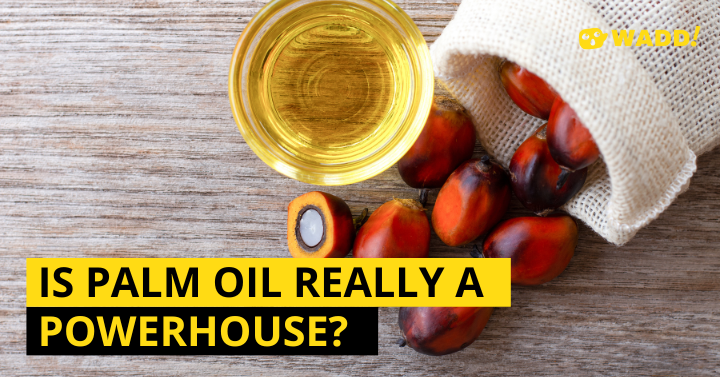June plum trees are native to tropical and subtropical regions of Polynesia and Melanesia. Today they are widely found and sold in tropical areas worldwide such as the Caribbean, Australia, Asia, Southeast Asia, Africa, South America and more.
The scientific name for the plant is Spondias Dulcis, with a variety of regional titles. It is commonly known as ambarella in Sri Lanka, Caja Manga in Brazil and better known as buah kedondong in Indonesia and Malaysia.
Did you know that kedondong is a good source of vitamin A, C, and K? The tangy-tasting fruit is low in calories and high in dietary fibre. Read on to find out how June plums are used as natural medicines.

There are many ways that the fruit can be consumed. Some mash them with other spices and turn them into preserves and flavourings; some use it in their salad mix, it is also made into jams. In Malaysia, Indonesia and Singapore, the fruit is commonly blended into a zingy, refreshing and thirst-quenching glass of juice.
Kedondong is also frequently relished as pickles or taken with rojak paste (a combination of palm sugar, sweet soya sauce, shrimp sauce, sweet tamarind, chillies and toasted sesame seed).
You can enjoy this fruit half-riped or fully riped according to your liking, just as how one may have a different preference of ripeness for mangoes. Like most fruits, the June plum's texture and taste changes depending on the degree of its ripeness.
Half-ripe June plums are firm and sour. As it ripens, it becomes more watery, softer, crisp and slightly sweeter. You will know the fruit is ripe when the skin is russeted. Its taste is most often compared with that of a pineapple, soursop and mango.

Let's Check Out the Health Benefit of June Plums!
"One serving of ambarella fruit provides 48Kcal of energy, 1 gram of protein, 12 grams of carbohydrate, 233 IU of vitamin A, 30mg of vitamin C, 15mg of calcium, 3mg of iron and 22 grams of phosphorus. The fruit also contains dietary fibre and Vitamin B complex constituents like thiamine and riboflavin." – MEDINDIA
1. Natural Remedy for Eyesight and Vision
The beta-carotene found in June plum is a precursor of vitamin A (retinol). Our body naturally converts it into vitamin A, which is needed for a better immune system, healthier skin, and vision. Vitamin A helps to reduce oxidative stress in the eyes that arise from the light of electronic devices. It is one reason why June plums are used as a traditional medicine to prevent eye infections and help with other vision disorders such as eye inflammation.
2. Natural Remedy for Skincare
When it comes to skincare, it is common knowledge that vitamin C is the dermatologist-recommended antioxidant. Vitamin C prevents free radicals that are responsible for unwanted skin blemishes like dark spots and fine lines. The antioxidant properties of vitamin C promote natural skin regeneration and repair. As we age, the collagen production that keeps our skin plump and firm decreases. The lack of vitamin C could lead to premature ageing of our skin on top of common complexion concerns.
Need more vitamin C? Fight the urge for going for another piece of fried chicken and opt for a glass of kedondong instead to soak up its skin-healing properties! Here's how you can easily make yourself a refreshing glass of kedondong juice.
3. Natural Remedy for Constipation and Diarrhea
How to have a smooth digestive tract? We know that staying hydrated by drinking enough water is essential to avoid constipation. However, little did we know that consuming June plums is beneficial to our digestive system and relieves constipation too! This is all thanks to its fibre content.
In a nutshell, our digestive system comprises accessory organs, muscles that move swallowed food to our intestines and digestive enzymes that chemically break down the food. A good amount of dietary fibre intake regulates digestion. It absorbs water, softens stools, and makes them pass through the digestive tract more easily.
Here is where June plum gets pretty impressive. While the fruit's pulp facilitates digestion, the bark of the June plum tree is your home remedy for diarrhoea and dysentery. With about 15 grams of ambarella bark, you can prepare the concoction to help with the discomfort. Cut the cleaned and washed bark into smaller pieces and boil with two cups of water for about 15 minutes. Strain and drink twice a day for instant relief.

4. Natural Remedy To Treat Cough
Did you know that June plum leaves are edible too? In Thailand and Indonesia, the tender leaves are eaten, taken simply as vegetables or used as a seasoning. Guess what? June plum leaves extract is also beneficial for cough relief! Boil 3 or 4 fresh leaves in two cups of water, let it stand for a few minutes before you strain, add some honey, and you are good to go.
High in Vitamin C, the fruit can also easily be prepared to be your cough remedy at home. Shred or grate two / three pieces of the fruit, squeeze out the juice, and without adding any water but just a pinch of salt, have it twice a day to ease the cough.
5. Natural Remedy to Combat Skin Infections
Traditionally, June plums have been utilized for many medicinal purposes due to their antibiotic properties, vitamin C content and antimicrobial agents. The tree's root is used to treat itchy skin, and the leaves extract are even used as a substitute for lotion.
As antimicrobial agents kill or stop the growth of microbes, they can tackle many unwanted skin conditions such as dryness and scabies. Scabies is a skin condition caused by microscopic mites called Sarcoptes scabiei that can cause intense itching and skin rash. The use of June plum leaves could speed up the healing process of scabies, sores and burns compared to other traditional treatments. Moreover, the fruit consists of antioxidants and a good amount of vitamin C that helps tissue repair and nourishes the skin.
How amazing! June plum boasts healthy goodness all throughout! Wish to plant it in your backyard? Here's a great piece on all you need to know about growing June Plum Tree.








